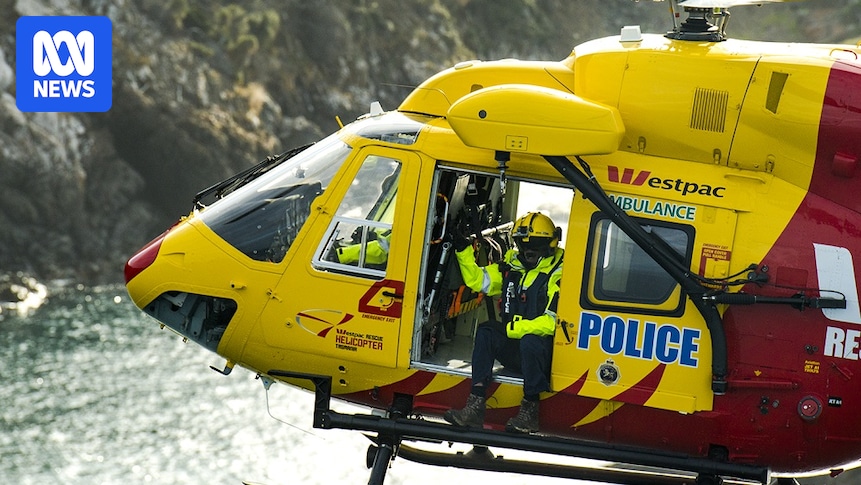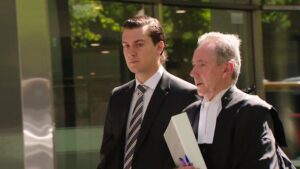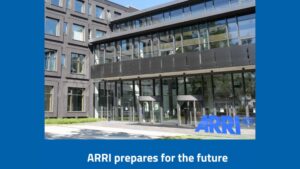
The Tasmanian government has awarded a 12-year, $354 million contract for emergency aviation services to mainland company StarFlight, ending Rotor-Lift’s 25-year service in the state. This decision follows an extensive tender process and marks a significant shift in the region’s emergency response capabilities.
Rotor-Lift, a family-operated business established in 1991, has been the backbone of Tasmania’s search and rescue, medical evacuation, and law enforcement aviation services. The company’s managing director, Allana Corbin, expressed her devastation over losing the contract, describing it as a deeply personal loss for the 37 staff members who built the business alongside her late husband, Roger Corbin.
Government’s Rationale and New Capabilities
Health Secretary Dale Webster stated that StarFlight’s proposal offered superior value and capability, including advanced technologies like stretcher winching, which were previously unavailable. “It brings in new technology, it brings in additional capability,” Webster noted, emphasizing the enhanced operational capacity the new contract would provide.
Health Minister Bridget Archer defended the tender process as “open and competitive,” acknowledging Rotor-Lift’s long-standing service but underscoring the need for modernization. “I do think it’s really important … and I would expect that procurement would be done in a way that is open and competitive which this has been,” she said.
Rotor-Lift’s Response and Concerns
Allana Corbin criticized the tender process, claiming it was “very poorly executed” and lacked consultation with Rotor-Lift. She argued that the government’s decision to upgrade the fleet was premature given the state’s financial constraints. “We’ve provided a Versace service at a Kmart price,” Corbin stated, highlighting the cost-effectiveness of Rotor-Lift’s operations.
Despite partnering with Toll for the tender, Rotor-Lift was asked to resubmit its costings, which were deemed outside expectations. The company contends that its continued operation would have cost the government significantly less than the new contract.
StarFlight’s Commitment and Future Plans
StarFlight, Australia’s largest aeromedical service, plans to introduce new aircraft and personnel, as well as establish training opportunities in Tasmania. Director Jim Elder emphasized the company’s dedication to leveraging local talent and enhancing service delivery. “Our commitment to Tasmania … is to make sure all Tasmanians get the service and opportunity that they deserve,” Elder stated.
Acting Tasmania Police Commissioner Jonathan Higgins praised the new helicopters’ enhanced capabilities, particularly their advanced infrared cameras and mission management systems. These technologies are expected to improve search and rescue operations and aerial law enforcement efficiency.
Implications and Next Steps
The new service will commence in January 2026 from a state government-run aerobase at Cambridge aerodrome, with a lease price around $2.1 million annually. This infrastructure investment aims to ensure continuity of services beyond the current contract’s duration.
While Rotor-Lift’s contract concludes in January, StarFlight’s arrival signals a new era for Tasmania’s emergency aviation services. The transition highlights the balance between fiscal responsibility and the necessity for technological advancement in public safety operations.
As the state prepares for this change, the focus will be on integrating new capabilities while acknowledging the legacy of Rotor-Lift’s contributions to Tasmanian safety and emergency response.







